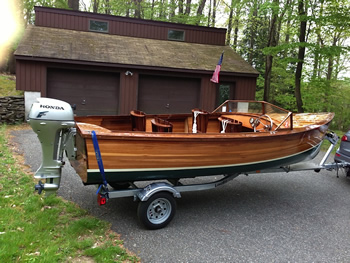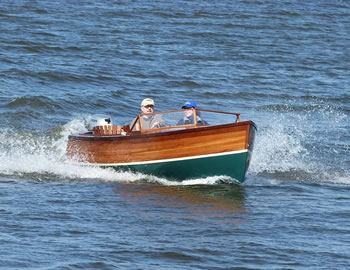I won't start my build on the Seagull for a week or two, but I thought I could make a start by drawing out the building jig on paper.
Let me explain by showing how I draw sailing ships. Take my drawing of the Susan Constant. I started off by slicing the ship up into sections like this:
As you can see there are curved shapes along its length. These curved shapes are called the moulds. (In real life of course I will make Seagull's moulds in wood.)
Instead of drawing around the moulds to give this:
I shall be putting real planks around Seagull's moulds instead.
Now to hold the moulds in position I will need a building jig. All the information I will need to build the jig I get from one of the drawings in the Plans I bought:
As you can see, to the unpracticed eye these seem complicated, and so I extract the detail I need and instead of making the pieces in wood I draw them out in a clear (isometric) view like this:
So the moulds (the curvey bits) will be screwed to those posts.
By drawing it out like this, I get very familiar with every part, and it's an easy to work to guide when the time comes. .....it also makes me feel I'm not just hanging about ready to start building.
You'll understand better when I make the jig and fit the moulds to it.

























